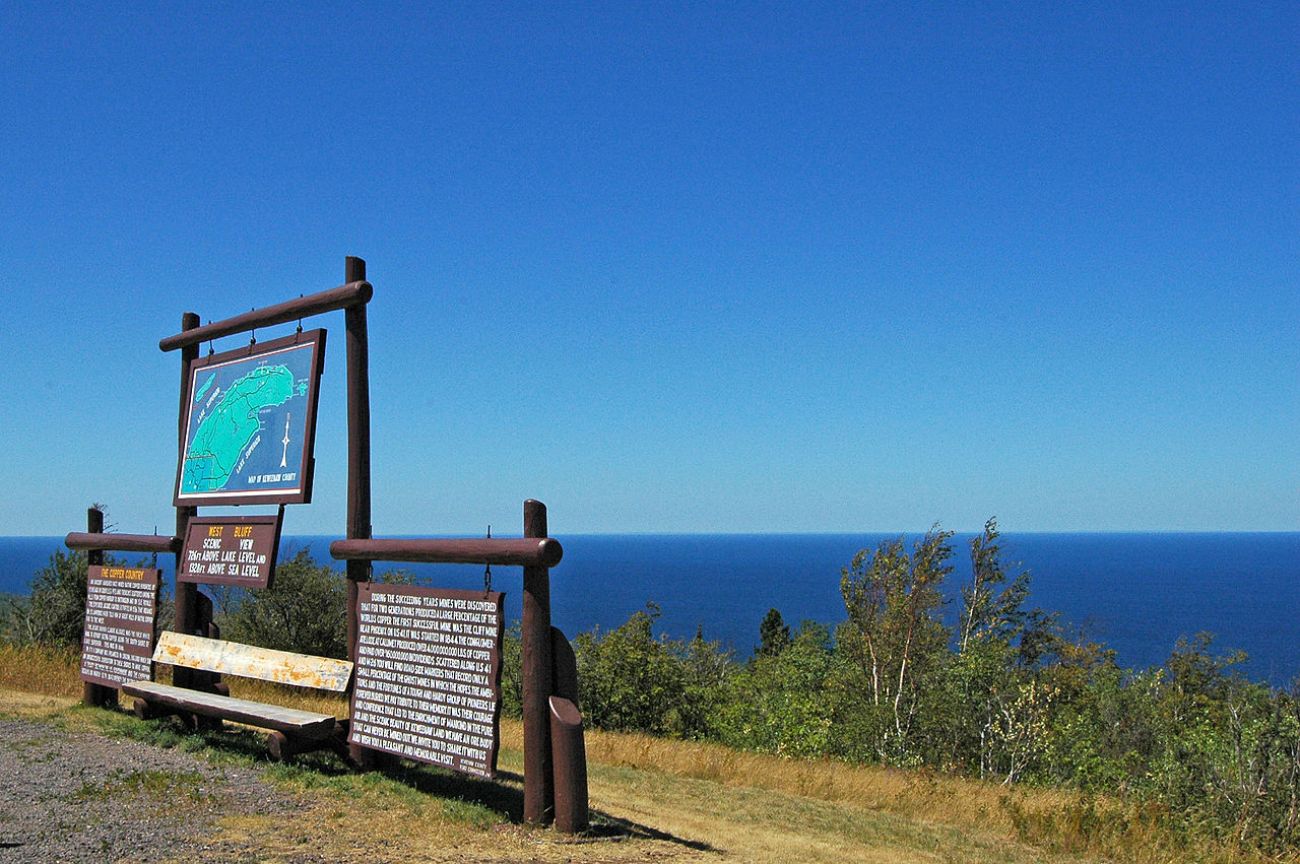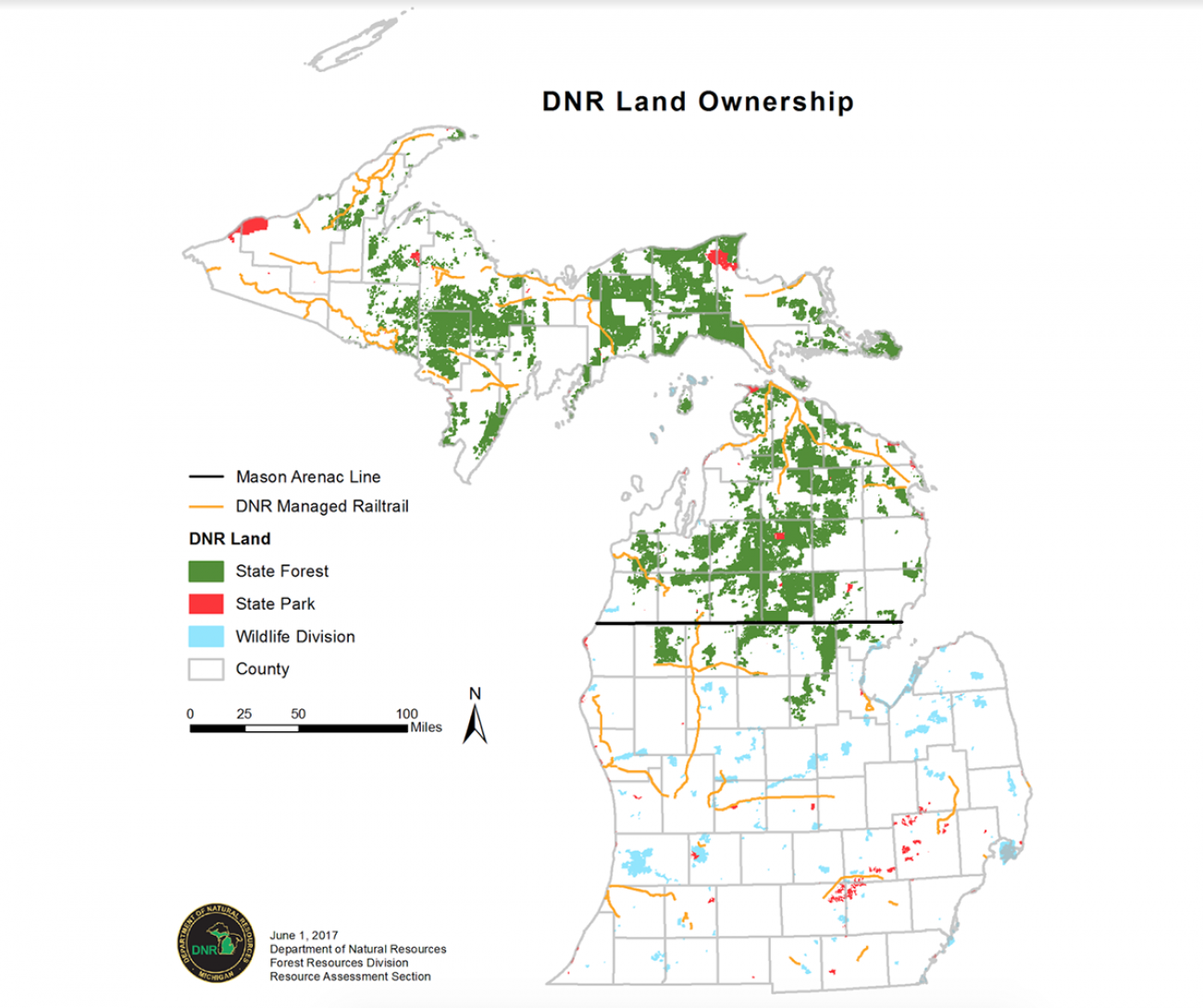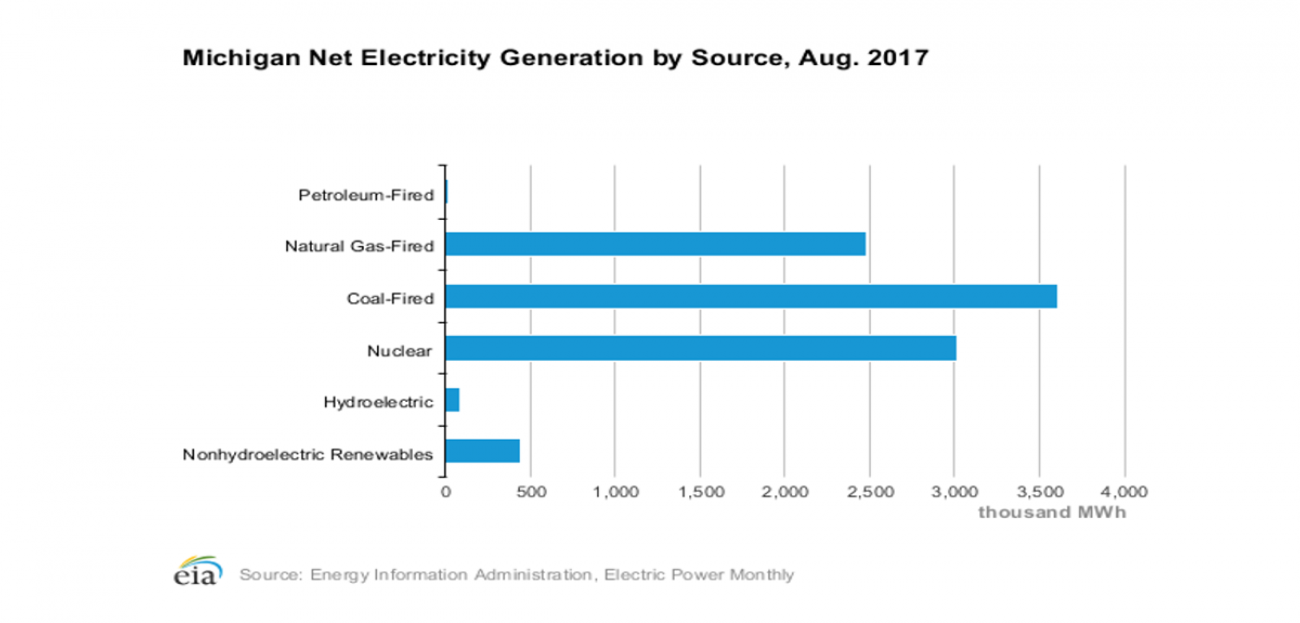Michigan battling 22 invasive forest species, high electric bills

Michigan’s peninsulas collectively stretch more than 36.2 million acres, offering vast tracts of public forest, wildlife, agriculture, oil and gas and other resources that bolster quality of life, lure tourists, power homes and fuel the state’s economy.
Debates about Michigan land resources — and how best to use them — are as old as Michigan itself.


20.3 million acres of forest
Forests cover more than half of Michigan lands, and the state has its highest forest acreage since the 1930s, according to the U.S. Forest Service. Nearly 4 percent of the state’s forest land is reserved for timber production. In 2016, 22 invasive plant species were identified in Michigan forests. Such invaders can disrupt forest ecology and harm the economy.
The state owns about 12 percent of land across Michigan
That’s more than most states, including our Midwestern peers. Of the roughly 4.5 million acres managed by the Department of Natural Resources, the vast majority — 3.87 million — are forests. Most of the remaining lands are either state wildlife areas or for parks and recreation. A 2012 law capped state land ownership at 4.626 million acres and prevented the DNR from exceeding that cap until the agency develops a land acquisition strategy that the Legislature approves.
Related coverage from our 2018 Michigan Issue Guide
- Michigan's Great Lakes are good, but water concerns include lead and Line 5
- Does state make $8.33 for every $1 spent on Pure Michigan campaign?
Oil funds public lands
Michigan’s Natural Resources Trust Fund, established in 1976, has proved instrumental in purchasing and developing of some of the state’s prized recreation sites. Funded by royalties collected from oil and mineral production on state-owned lands, it has pumped out more than $1 billion for such efforts. A board supervised by the Department of Natural Resources oversees the trust fund, but lawmakers in recent years have jockeyed for control of the purse strings.
Threats to hunting and conservation
Michigan typically touts one of the nation’s biggest deer harvests, eclipsed only by Texas in 2016-2017. Hunters and wildlife officials have grown alarmed about the spread of Chronic Wasting Disease — a contagious, neurological disease affecting deer and elk — within the state’s population. Were the disease to discourage hunting in the coming years, it could also threaten conservation. That’s because Department of Natural Resources wildlife programs increasingly rely on the millions of dollars generated from hunting and fishing license fees. Lawmakers have chipped in fewer general fund dollars over the years.
On grid, coal’s role is shrinking
Coal-fired power plants once dominated Michigan’s electricity portfolio, but their role is shrinking. Aging coal plants are retiring and plants powered by abundant, cheap natural gas are increasingly taking their place. In August of 2017, coal-fired plants provided 39 percent of the state’s electricity generation, down from about 50 percent in 2014. While coal plant retirements can spur challenges to electricity reliability, they also create opportunities for cleaner-burning energy sources — like natural gas, wind and solar power — to take their place.
Some Michiganders power themselves
Through 2016, nearly 2,600 Michiganders were participating in net metering, reducing their utility bills by generating all or some of their own electricity. This has grown steadily over the years, but it accounts for just a fraction of a percentage of the state’s total retail electricity sales, according to the state Public Service Commission.
Electricity isn’t cheap here
Residential electricity rates tend to be higher here than in many states. In October of 2017, residents in only 10 states paid more per kilowatt-hour on average than Michiganders did, according to U.S. Energy Information Administration data.
KEEP DIGGING: MORE ON MICHIGAN LANDS AND ENERGY
- Bridge Magazine: Is Lansing trying to steer funds reserved for recreation land?
- Bridge Magazine: State forces alternative energy power to come from within Michigan
- DNR: Michigan’s Public Land Strategy
- U.S. Energy Information Administration: State profile and energy estimates, Michigan
- Michigan Public Service Commission: Net metering and solar program report for calendar year 2016
Explore the Facts & Issues Guide:
At A Glance
Slideshows…
Education & Talent
- K-12 Student Performance: Michigan's K-12 performance dropping at alarming rate
- School Reform: Many Michigan K-12 reform ideas are jumbled, broad, or wildly expensive
- Early Childhood: Michigan preschool funding has improved, but child care still unaffordable
- Higher Ed: College funding cuts in Michigan have led to fewer students, greater debt
Economy & Prosperity
- Economy: Michigan business climate improves, but educated workforce is shrinking
- Jobs & Labor: Demand for Michigan workers is very high, but many have given up looking
- Incomes: Michigan income growth hindered by lack of college graduates
- Business: Business incentives cost Michigan millions, and it’s uncertain they work
Quality of Life
- Public Health: Michigan's adverse health trends track along racal, poverty lines
- Health Care: Health care in rural Michigan communities suffering, despite Obamacare
- Safety Net: $1B of Michigan’s welfare money goes to college students who aren’t poor
- Water Issues: Michigan's Great Lakes are good, but water concerns include lead and Line 5
- Lands & Energy: Michigan battling 22 invasive forest species, high electric bills
- Michigan Tourism: Does state make $8.33 for every $1 spent on Pure Michigan campaign?
- Infrastructure: Michigan needs $4B more per year for infrastructure, but how to pay for it?
- Cities: In Michigan, more than 150 communities are financially distressed
- Rural Michigan: Limited Internet in rural Michigan depresses student, business opportunity
- Public Safety: Michigan pays 18% less per citizen than nat'l average for public safety
Government & Reform
- Michigan Taxes: Michigan gives more tax breaks than it collects for schools, government
- State Spending: Big government? Michigan's state, local workforce 2nd smallest in nation
- Ballot Issues: 2018 Michigan ballot initiatives may decide marijuana, gerrymandering
- Gov't Reform: Despite low trust of gov't, Michigan legislators have done little to change
Who We Are & The Facts on Our Facts
See what new members are saying about why they donated to Bridge Michigan:
- “In order for this information to be accurate and unbiased it must be underwritten by its readers, not by special interests.” - Larry S.
- “Not many other media sources report on the topics Bridge does.” - Susan B.
- “Your journalism is outstanding and rare these days.” - Mark S.
If you want to ensure the future of nonpartisan, nonprofit Michigan journalism, please become a member today. You, too, will be asked why you donated and maybe we'll feature your quote next time!

